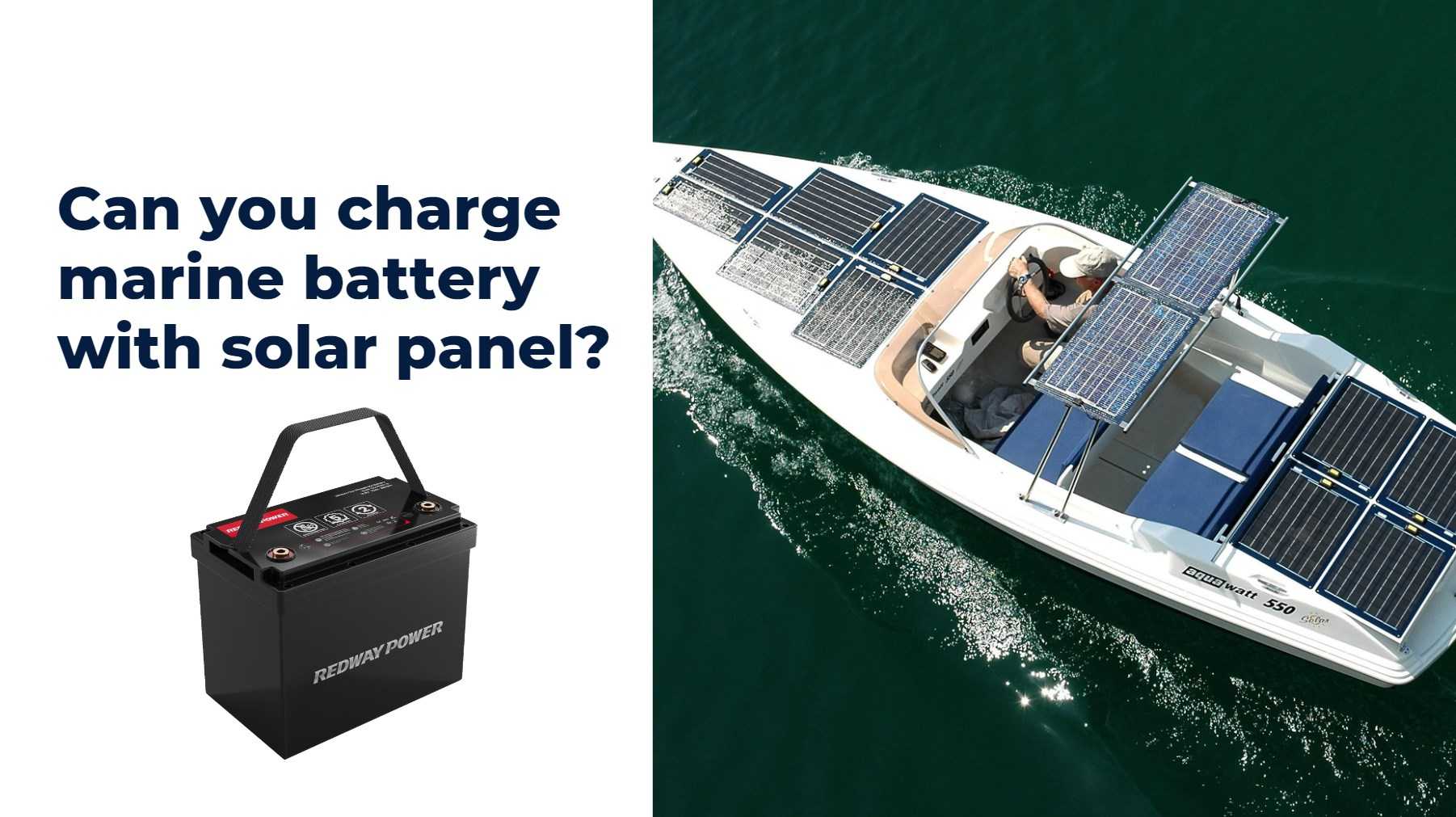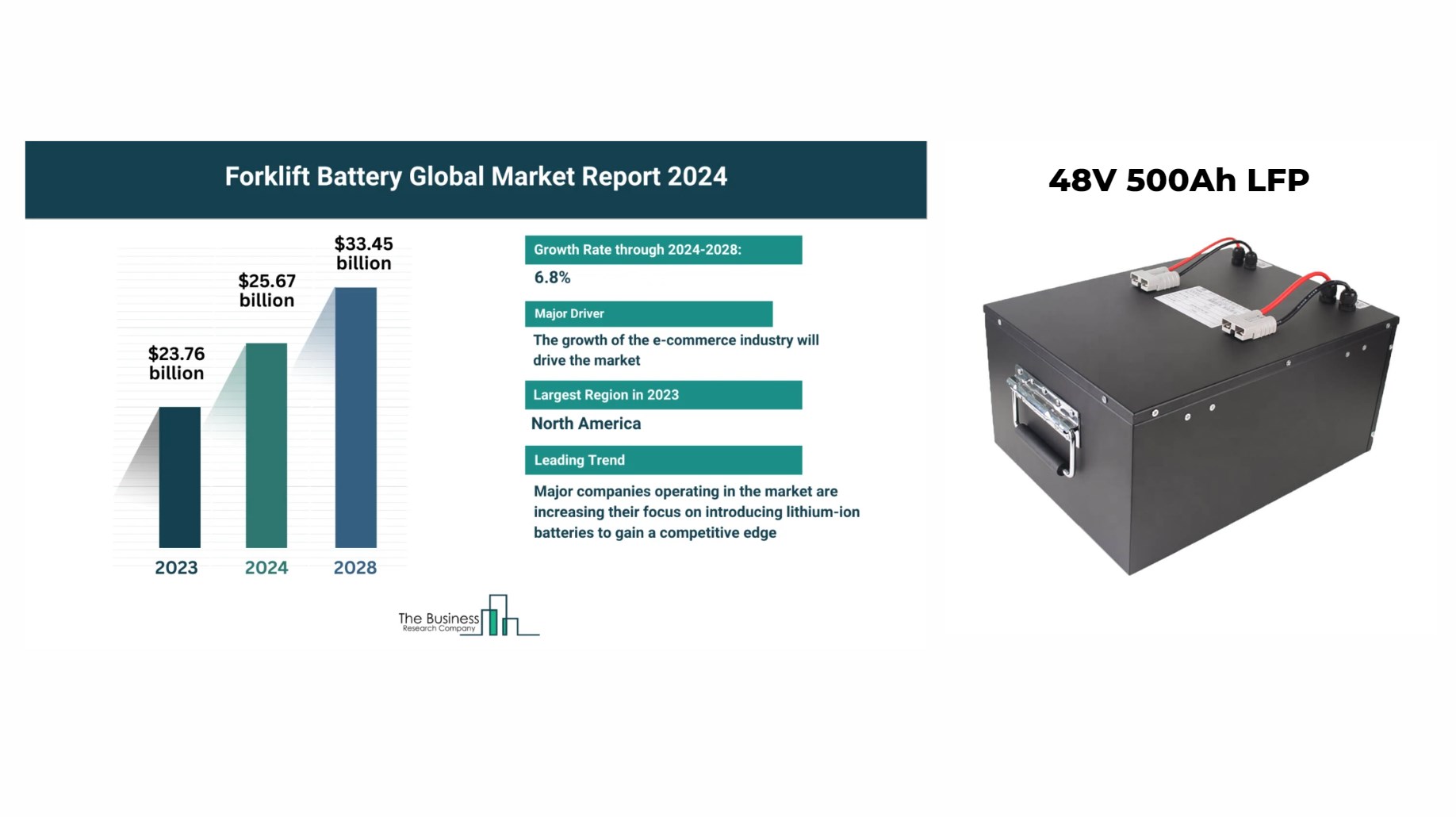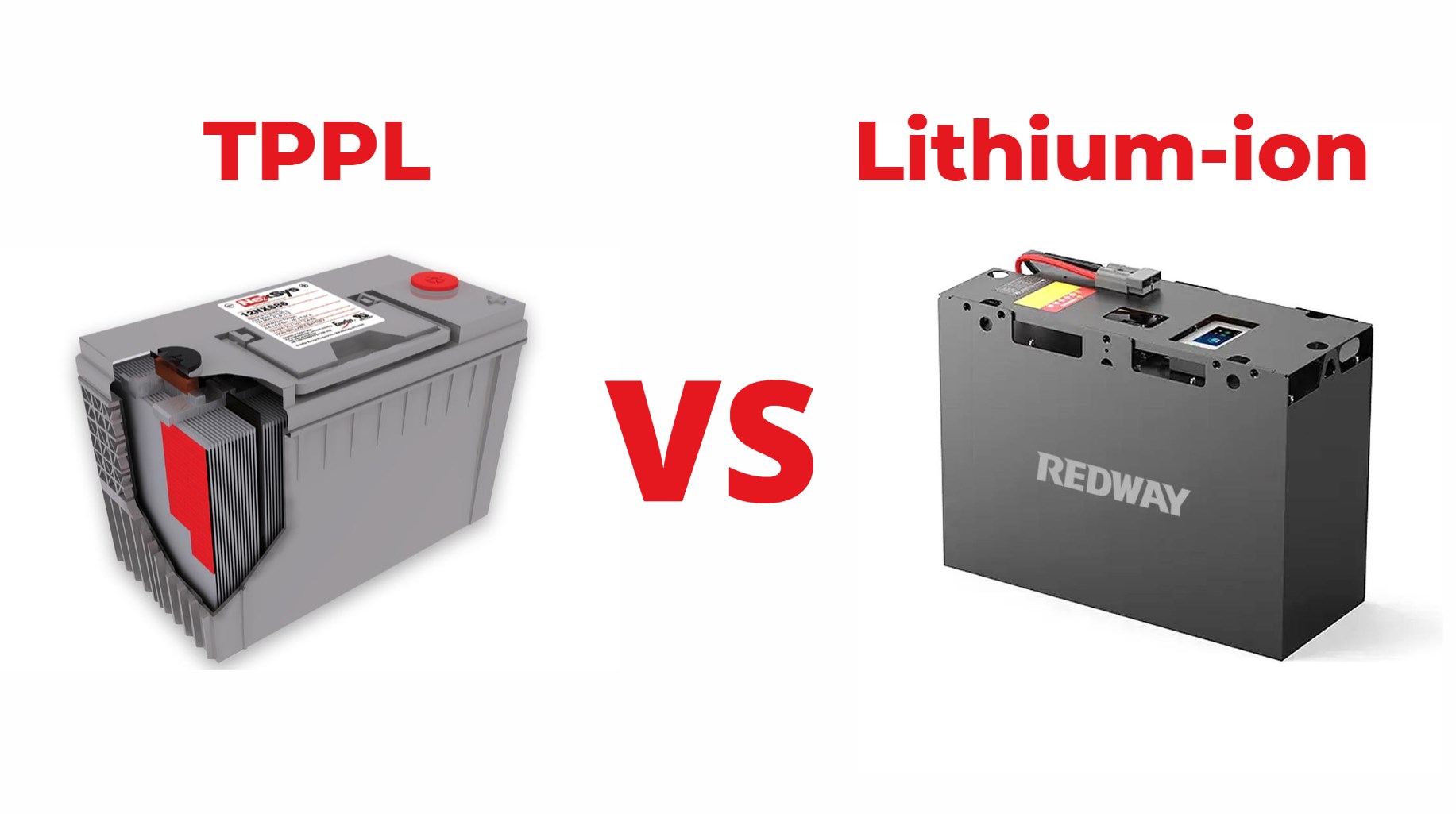A Comprehensive Guide to the Solar + Storage Blueprint
The Solar + Storage Blueprint serves as a strategic framework for integrating solar energy systems with battery storage solutions. This guide outlines essential steps, benefits, and considerations for implementing solar and storage projects effectively. By understanding this blueprint, stakeholders can optimize energy management, enhance resilience, and leverage financial incentives.
Understanding the Solar + Storage Concept
The combination of solar energy and battery storage creates a dynamic system that allows users to harness renewable energy while ensuring a reliable power supply. Solar panels generate electricity during daylight hours, and excess energy can be stored in batteries for use during peak demand times or outages. This synergy not only reduces dependency on the grid but also contributes to sustainability efforts.
Key Components of the Solar + Storage Blueprint
1. Site Assessment
Before initiating a solar + storage project, conducting a thorough site assessment is crucial. This involves identifying suitable geographical locations for installation, evaluating sunlight exposure, and considering potential obstacles such as shading or structural limitations.
2. Project Savings Assessment
Estimating the financial benefits of a solar + storage system is essential. This includes calculating lifetime savings on energy bills, potential incentives, and the return on investment (ROI). Understanding these financial metrics helps justify the initial costs associated with installation.
3. Procurement and Legal Support
Selecting the right procurement strategy is vital for project success. Stakeholders can choose between Power Purchase Agreements (PPAs) or direct ownership models. Each option has its advantages and legal implications that must be carefully considered. Engaging legal support ensures compliance with regulations and mitigates risks associated with project execution.
Benefits of Solar + Storage Systems
1. Energy Independence
By integrating solar panels with battery storage, users can achieve greater energy independence. This setup allows them to generate their own electricity and store it for later use, reducing reliance on utility providers.
2. Cost Savings
Solar + storage systems can lead to significant cost savings over time. By utilizing stored energy during peak hours when electricity rates are higher, users can lower their overall energy expenses.
3. Enhanced Resilience
Incorporating battery storage enhances system resilience against power outages or grid failures. Users can maintain critical operations during emergencies, making this setup particularly valuable for businesses and essential services.
Challenges in Implementing Solar + Storage
While the benefits are substantial, there are challenges associated with implementing solar + storage systems:
1. Initial Costs
The upfront investment required for purchasing and installing solar panels and battery systems can be significant. However, various financing options and incentives can help mitigate these costs over time.
2. Complexity of Integration
Integrating solar panels with battery storage involves technical complexities that require specialized knowledge. Ensuring compatibility between components and optimizing system performance may necessitate professional assistance.
Latest News
- Recent advancements in battery technology have led to increased efficiency and reduced costs for solar + storage systems.
- The U.S. government has introduced new incentives aimed at promoting renewable energy adoption, including tax credits for solar installations.
- Industry experts emphasize the importance of community engagement in promoting solar + storage projects to enhance public awareness and support.
Redway Expert Comment
“The Solar + Storage Blueprint provides an invaluable framework for stakeholders looking to harness renewable energy effectively. At Redway Power, we recognize the importance of integrating high-quality lithium LiFePO4 batteries into these systems to maximize efficiency and reliability. Our experience in custom battery solutions positions us well to support successful solar + storage implementations.”
Conclusion
In conclusion, the Solar + Storage Blueprint serves as a comprehensive guide for effectively implementing renewable energy solutions that combine solar power with battery storage. By understanding key components such as site assessment, financial evaluation, and procurement strategies, stakeholders can optimize their projects for maximum efficiency and resilience. As technology continues to evolve, embracing this blueprint will play a critical role in advancing sustainable energy practices.



